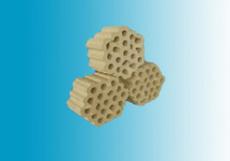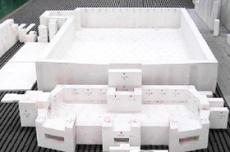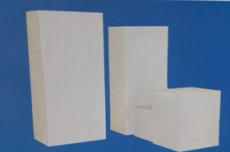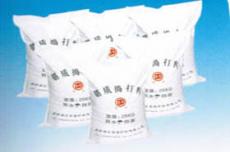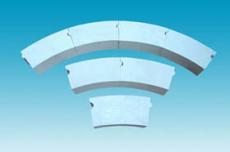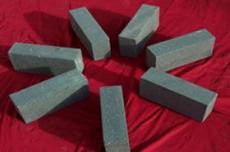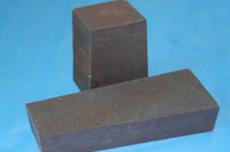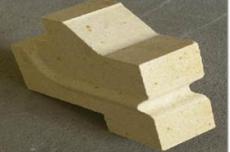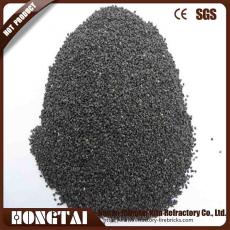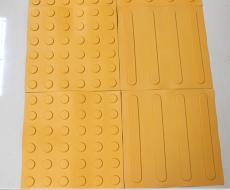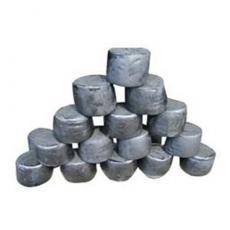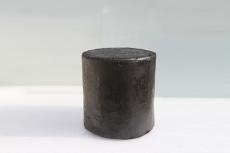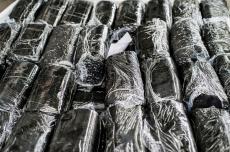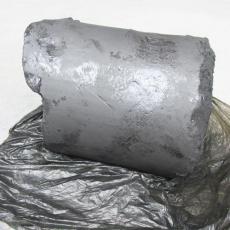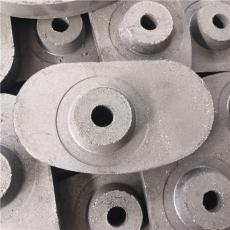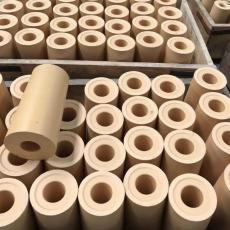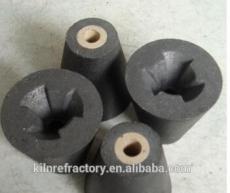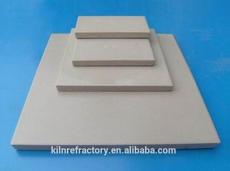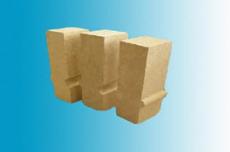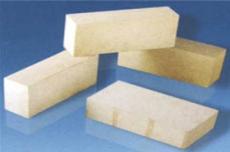
Different parts of waste incinerators require different types of refractory castings. Below are some common types and their uses.
*Waste inlet
Wear-resistant castings are generally used. The waste in this part comes into contact with the refractory lining, causing impact and friction. On the one hand, it can explode under the influence of high temperatures in the furnace, and on the other, it comes into direct contact with the waste and filtrate. The refractory layer material must have good wear and heat resistance. Generally, the heat resistance of the refractory should be greater than 900°C, the wear resistance according to ASTM C-704 should be less than 8 cm³, the heat resistance should be more than 20 times greater, and the layer thickness should be 100 to 150 mm.
*Heat dissipation chamber
Refractory castings containing SiC are commonly used. High-temperature exhaust gases come into direct contact with the water-cooled wall surface of the heat dissipation chamber, which facilitates the adhesion of slag to the water-cooled wall surface and the formation of coke. At the same time, the adhered slag can cause high-temperature corrosion in the water tube. The SiC material features resistance to slag erosion and good thermal conductivity, providing the heat dissipation chamber with sufficient heat absorption capacity and cooling the high-temperature exhaust gases. The thickness of the refractory layer is 80–100 mm.
*Other holes for pipe seats
For example, castings and plastics are commonly used for parts such as filter spray pipe seats and secondary air pipe seats. Due to the influence of the spraying medium, the refractory materials used for these parts must have sufficient fire resistance, good thermal shock resistance, and good structural properties. *Secondary combustion chamber of a gasification melting furnace
The exhaust gas temperature here reaches 1200–1400°C. Under high temperature and opacity conditions above 1200°C, it is necessary to select chromium-aluminum refractories with greater resistance to slag erosion. Depending on the temperature conditions, chromium-aluminum refractories with a Cr₂O₃ content of 15–40% and a layer thickness of 100–150 mm are used.
*Steel fiberboard can be used for parts subject to impact and wear, such as the furnace bottom and the area around the door. In addition to normal thermal resistance, this casting material contains a certain amount of heat-resistant stainless steel fibers, which prevents the destruction of the furnace wall due to the expansion difference between the filler material and the base material at high temperatures and the stress caused by the temperature gradient change during furnace start-up and shutdown. At the same time, the strength of the entire furnace body after casting is significantly improved.
* Parts requiring acid resistance
Waste incineration generates acid gases, which can cause acid corrosion in some parts. Therefore, acid-resistant concrete can be used. Acid-resistant concrete consists of liquid glass as a binder, acidic or semi-acidic refractories as additives and powders, and a small amount of accelerator. It exhibits corrosion resistance in acidic environments, such as nitric acid and acetic acid, at temperatures of 800 to 1200°C.
